First time buyers get 20% off *
Ave Maria – Bach/Gounod (1853)
Charles Gounod (after J. S. Bach) (1818 - 1893)
Any Saxophone Solo and Piano
Ave Maria – Bach/Gounod, written by Charles Gounod, based on the music of J. S. Bach. The Bach/Gounod Ave Maria is a popular and much-recorded setting of the Latin prayer Ave Maria. It was first published in 1853 as “Méditation sur le Premier Prélude de Piano de S. Bach“. Gounod improvised an original melody that he paired with a slightly changed version of a familiar Bach Prelude (Prelude No. 1 in C major, BWV 846, Book I of The Well-Tempered Clavier). The 1853 publication is an instrumental piece. There was no text. Gounod reworked the piece in 1859, finally settling on the Latin prayer “Ave Maria” as lyrics. The new version proved to be an irresistible force. It attracted a phenomenal level of acclaim, becoming immensely popular, even improving Gounod’s faltering reputation with the contemporary public. It is a standard at weddings, quinceañeras, church services, and other solemn occasions.
With this arrangement you get:
- Piano score
- Parts
- B flat Solo part for soprano or tenor sax
- E flat Solo part for alto or baritone sax
This arrangement of Ave Maria (Bach/Gounod) is based on the 1853 original publication. It is arranged for any saxophone solo with piano. It is in the key of C major, as was the 1853 original version. Tempo is around 78 bpm. The melody should be performed in a way which floats over the the arpeggios of the prelude. It should be expressive but respectful of the rhythm. Some rubato may be added in the last few bars of the music.
- The range for each saxophone part is shown below.
- Audio and score excerpts are available above.

About the Composer
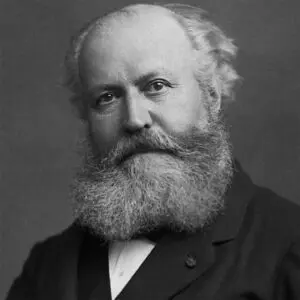 Charles François Gounod
Charles François Gounod
Born: 17-06-1818 Paris, France.
Died: 18-10-1893 Saint-Cloud, near Paris, France.
Charles Gounod was a French composer, best known for his Ave Maria, based on a work by Bach, as well as his opera Faust. He composed many other operatic, symphonic, and liturgical works. Gounod was born in Paris, the son of a pianist mother and an artist father. His mother was his first piano teacher. Under her tutelage, Gounod first showed his musical talents.
He entered the Paris Conservatoire, where he studied under Halévy and Zimmermann (he later married Anne, Zimmermann’s daughter). In 1839, he won the Prix de Rome for his cantata Fernand. He was following his father; François-Louis Gounod (d. 1823) had won the second Prix de Rome in painting in 1783.
During his stay of four years in Italy, Gounod discovered the music of Palestrina and Bach, but also Lully, Gluck, Mozart and Rossini. He gave serious consideration to joining the priesthood, but he changed his mind before actually taking holy orders, and went back to composition. Though he never became a priest, he retained a deep religious feeling which marks his entire work.
From 1870 to 1874 Gounod lived in England, at 17 Morden Road, Blackheath. A blue plaque has been put up on the house to show where he lived.He became the first conductor of what is now the Royal Choral Society. Much of his music from this time is vocal, although he also composed the Funeral March of a Marionette in 1872.
He died on 18 October 1993 in Saint-Cloud of a stroke, while he was working on a Requiem. A state funeral was held in the Madeleine church, with Camille Saint-Saens at the organ and Gabriel Fauré conducting the choir.

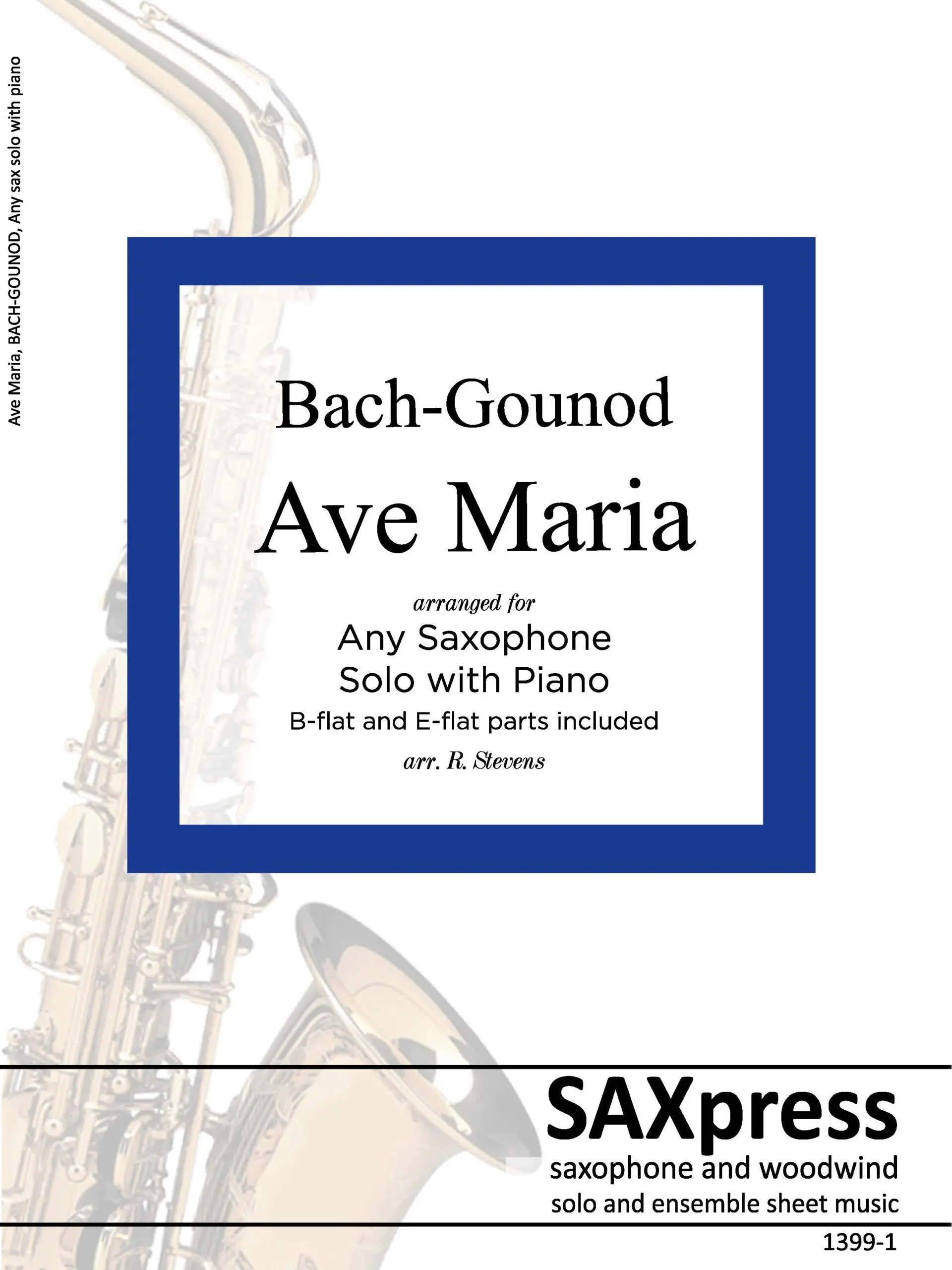
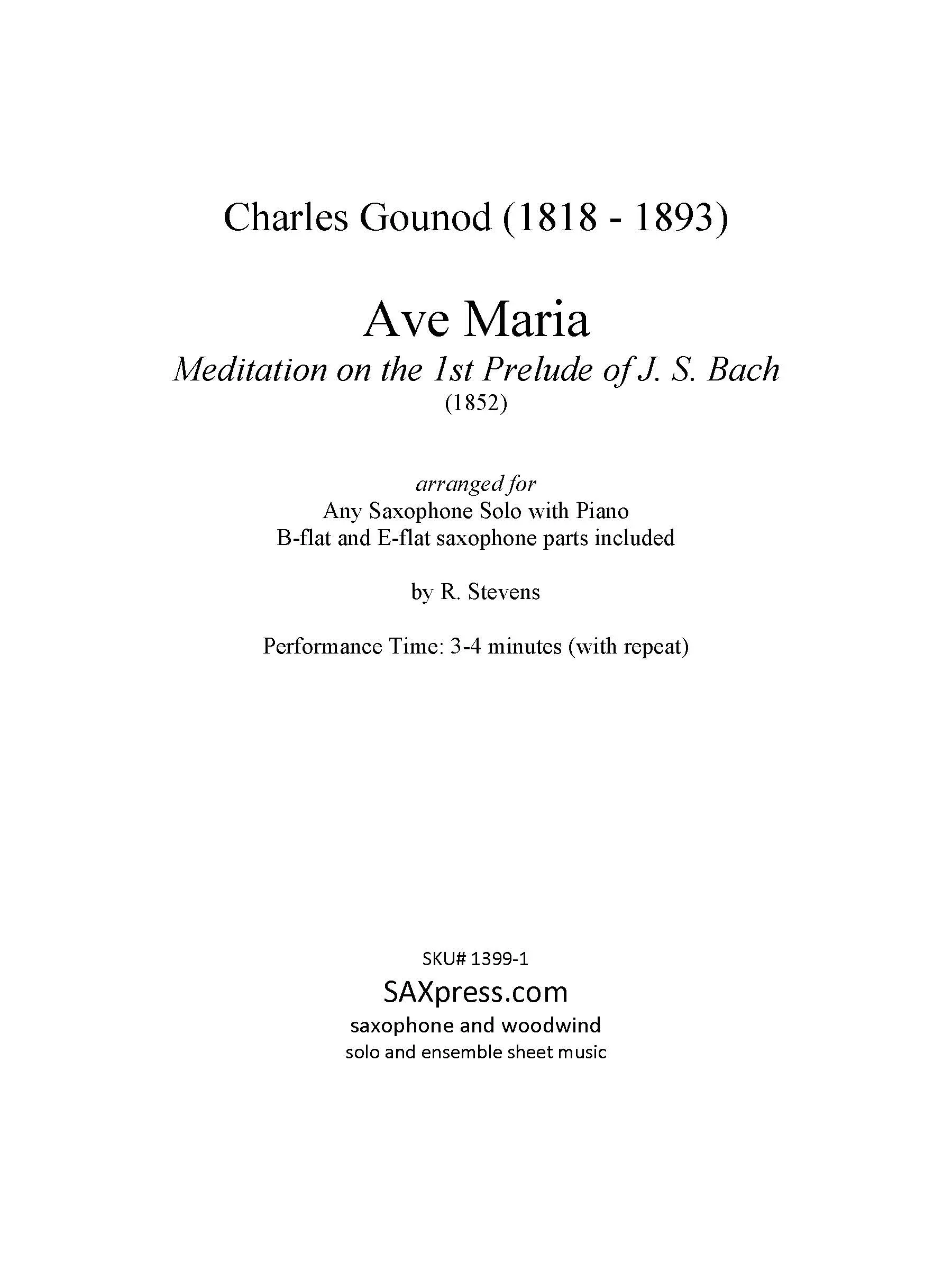
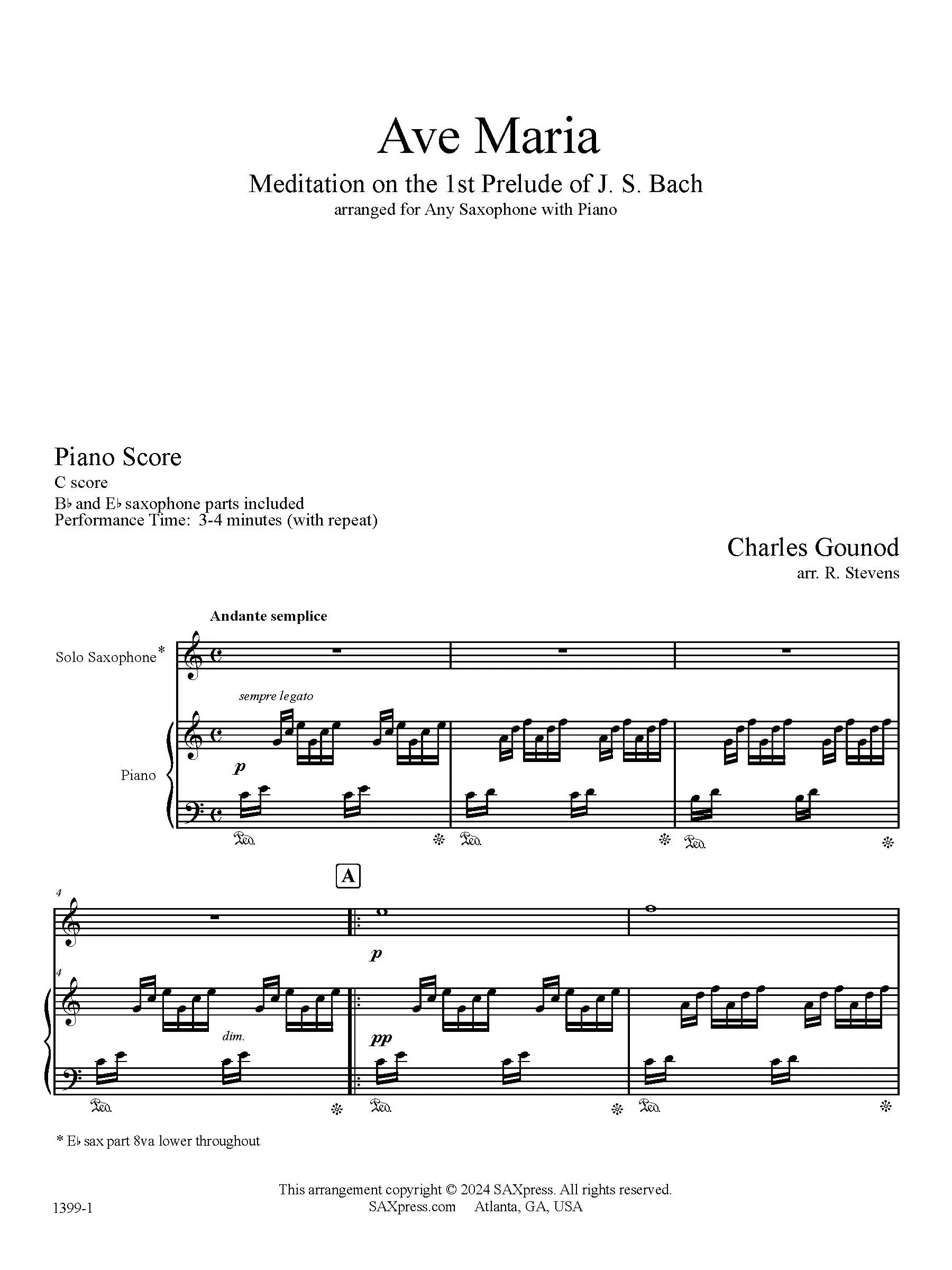
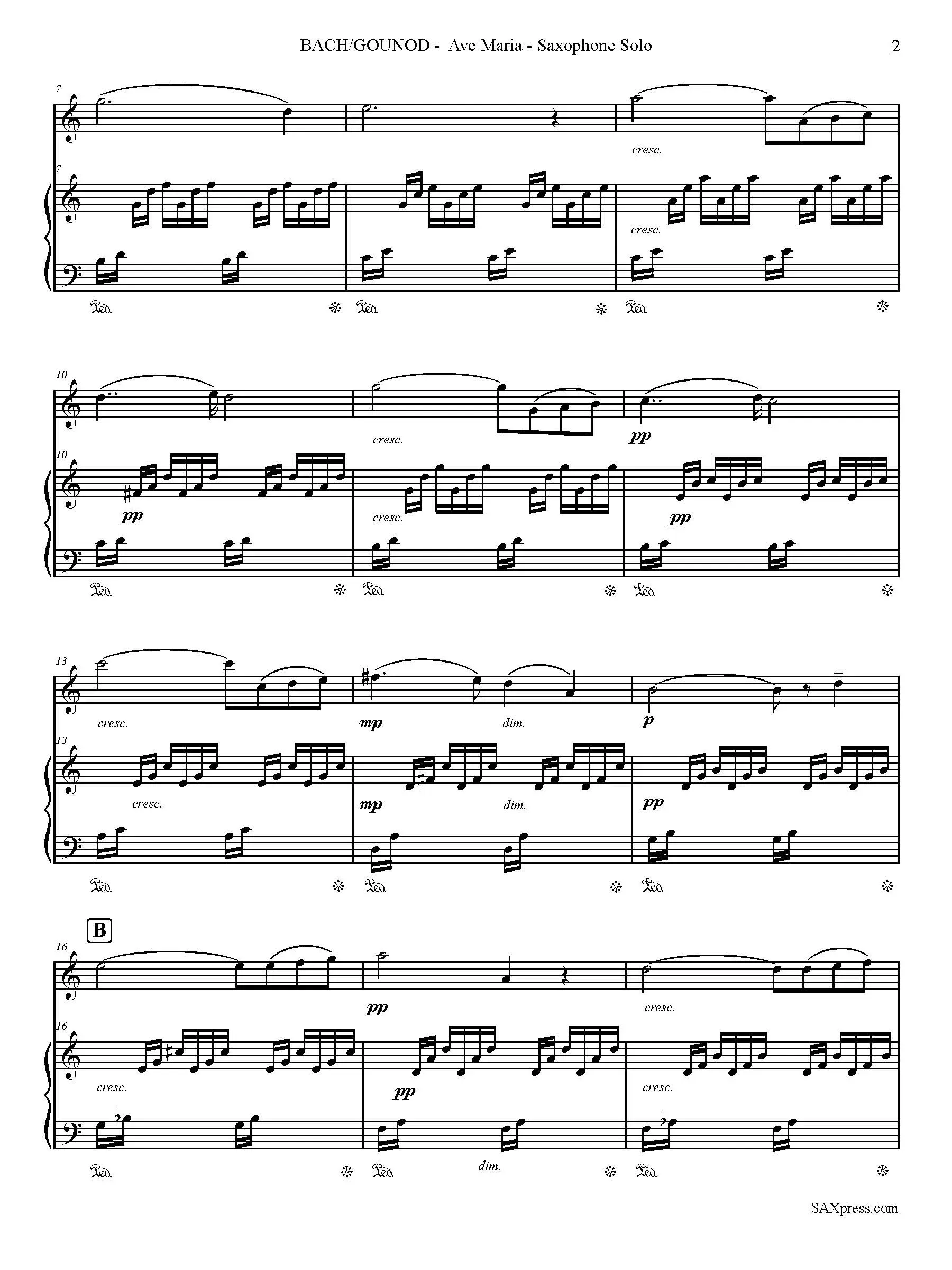
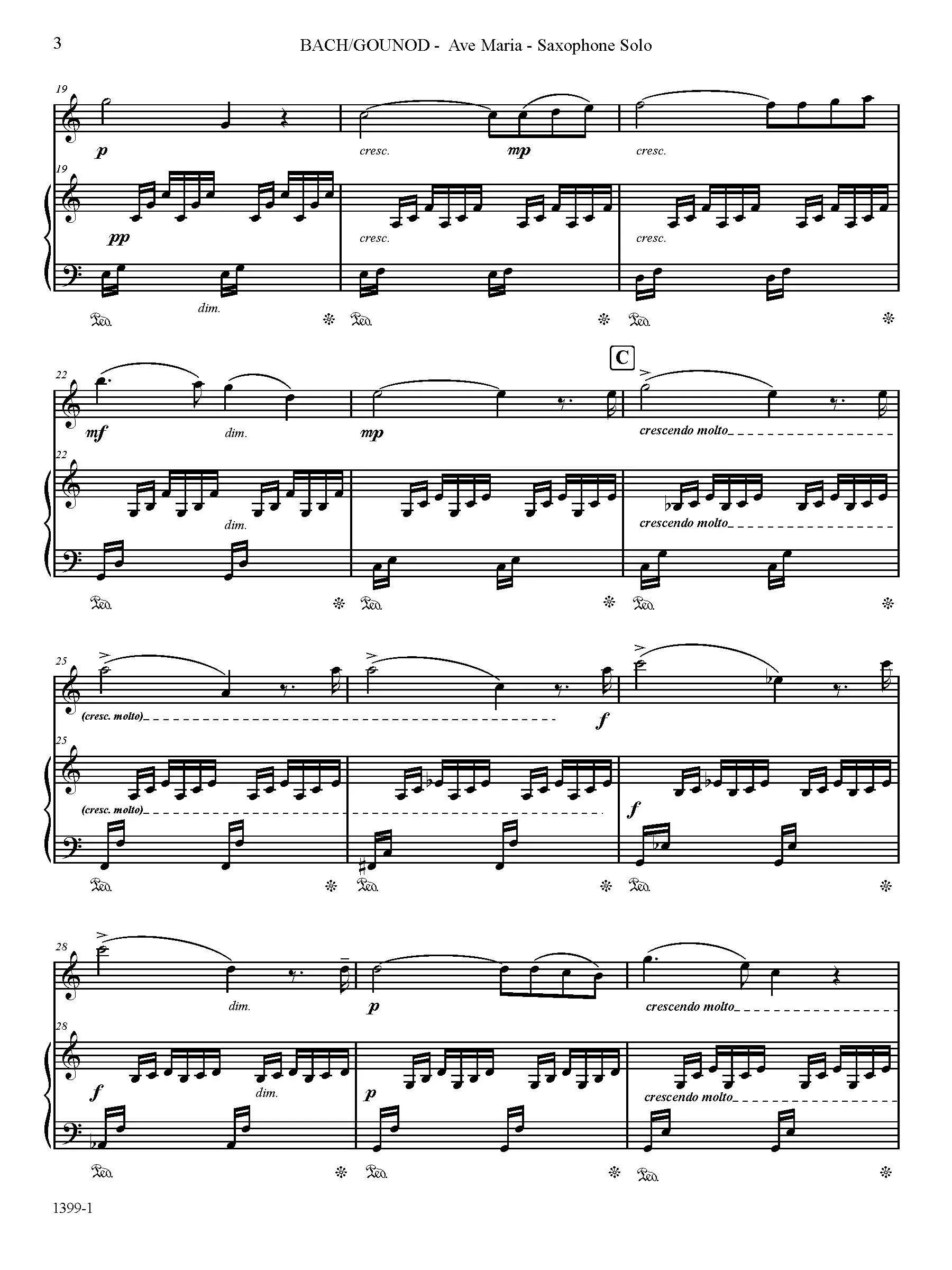
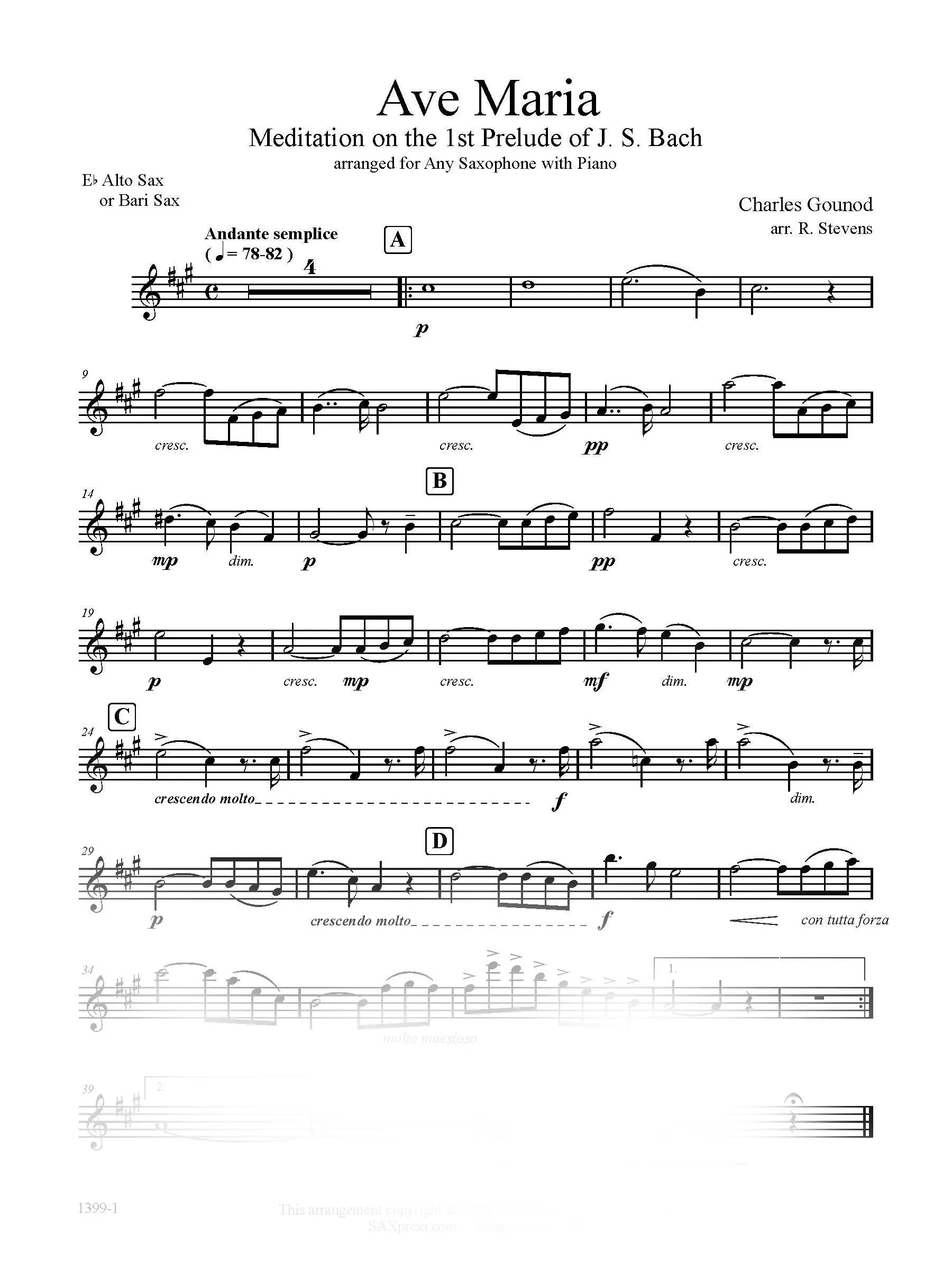
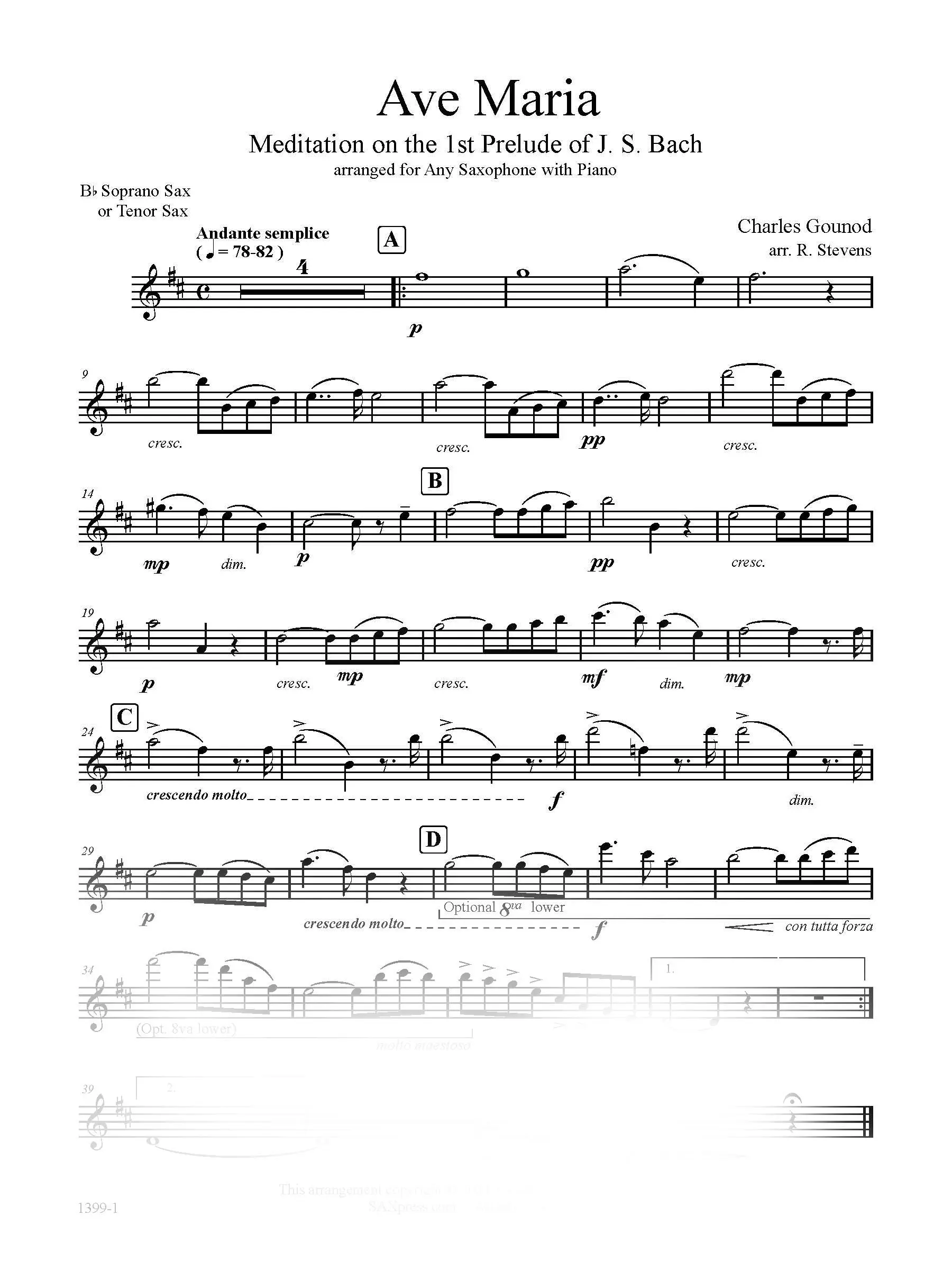
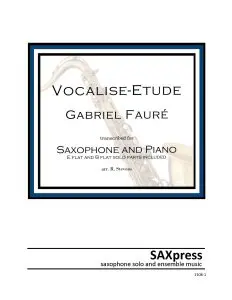
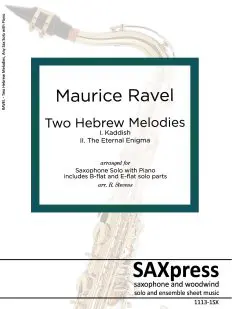
Reviews
There are no reviews yet.